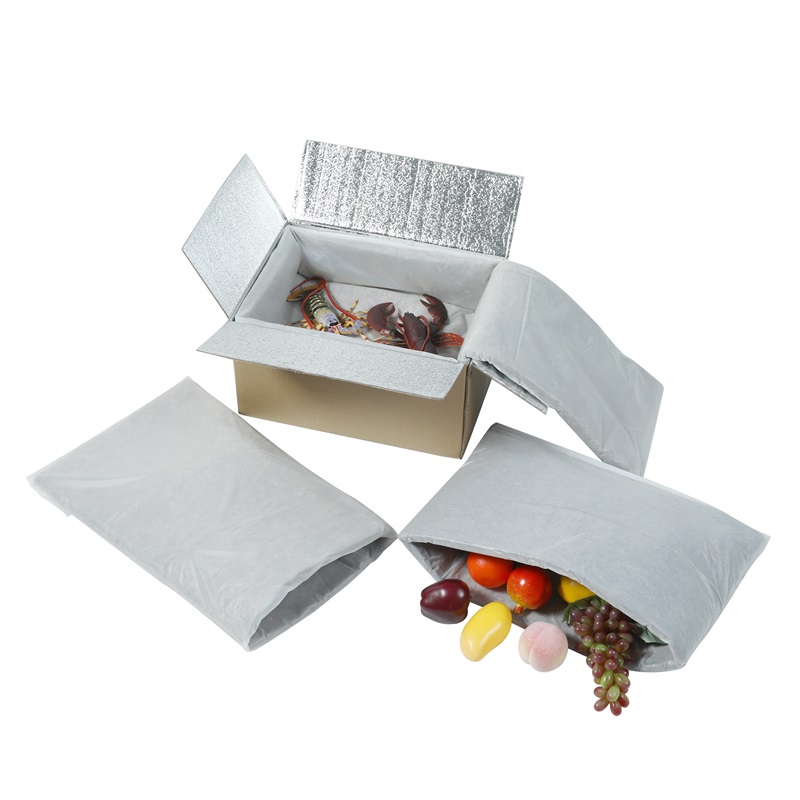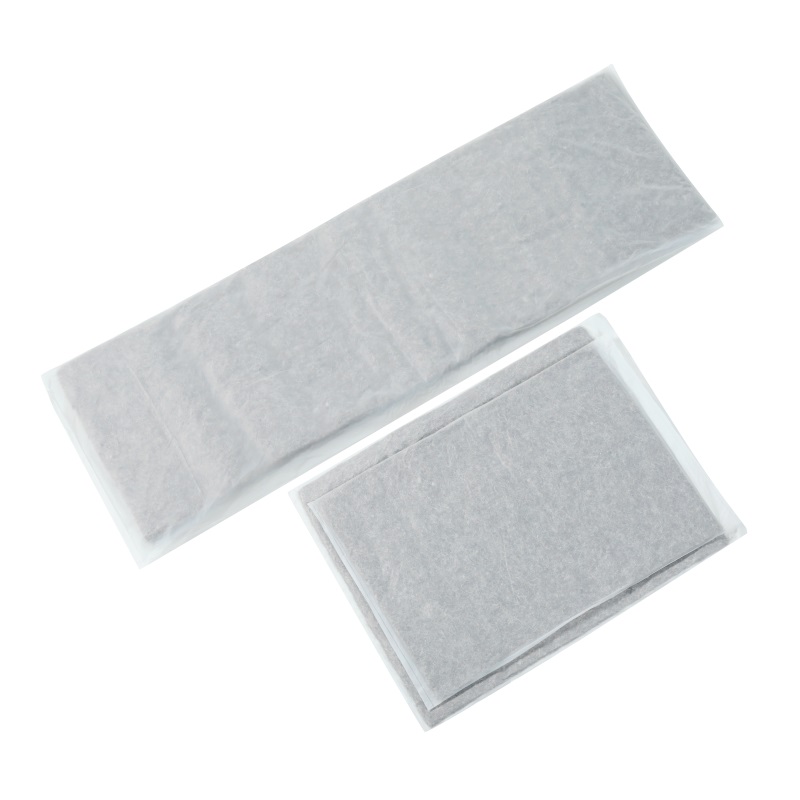As someone who has shipped a lot of perishable items, I know the importance of keeping them at the right temperature during transit. Insulated box liners are a game-changer in this regard. In this article, I'll explain how insulated box liners work and why they are an essential tool for anyone shipping perishable goods.
Insulated box liners work by preventing heat transfer between the contents of the box and the outside environment. Heat can transfer through conduction, convection, or radiation, and insulated box liners are designed to reduce or eliminate each of these processes.

Insulated box liners are made up of multiple layers of insulating material. The most common types of insulation used in box liners are foam, bubble wrap, or reflective materials. These materials work by trapping air pockets within the liner, which slows down heat transfer through conduction and convection.
Reflective materials, such as foil, are also used in some liners. These materials work by reflecting radiant heat away from the contents of the box. This helps to reduce the amount of heat that enters the box through radiation.
The effectiveness of insulated box liners depends on a few factors, including the thickness of the liner, the type of insulation used, and the temperature range that the liner is designed for. For example, if you're shipping perishable food items that need to be kept frozen, you'll need a thicker liner with more insulation than if you're shipping items that only need to be kept cool.

One of the biggest advantages of insulated box liners is that they're easy to use. Simply insert the liner into your shipping box, add your products, and seal the box. The liner will create a barrier between the contents of the box and the outside environment, keeping your products at the right temperature during transit.
In conclusion, insulated box liners are a must-have for anyone shipping perishable goods. They work by preventing heat transfer between the contents of the box and the outside environment, and they're easy to use. When choosing a liner, consider the thickness, insulation type, and temperature range to ensure that you're getting the right liner for your needs. With the right insulated box liner, you can ensure that your products arrive at their destination in perfect condition.

